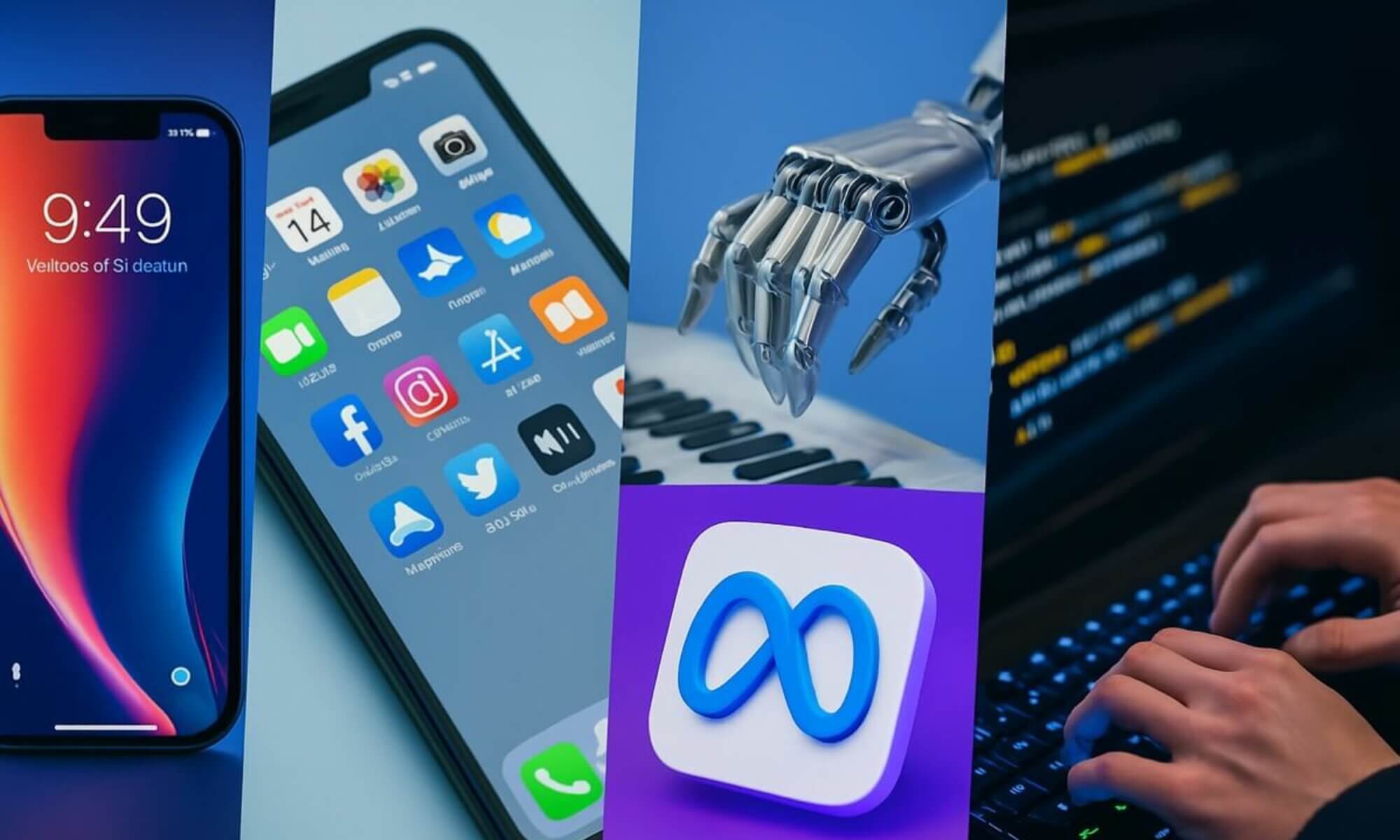As mobile technology continuously evolves, the emphasis on seamless user experiences has never been more crucial. Users increasingly favor interactions that require minimal effort and no dependency on installing apps. This shift drives the adoption of mobile web solutions and technologies like Progressive Web Apps (PWA), Instant Apps, and enhanced responsive design to deliver swift, intuitive experiences directly via browsers. Organizations tap into QR code services, NFC technology, and conversational interfaces such as chatbots and voice assistants to offer fluid interactions accessible instantly and ubiquitously. These methods not only reduce friction but also expand reach without the overhead of app stores and cumbersome downloads.
Leveraging Progressive Web Apps and Instant Apps for Seamless Mobile Engagement
Progressive Web Apps (PWA) and Instant Apps represent pivotal advancements in providing full-featured mobile experiences without full app installations. PWAs bridge the gap between traditional web pages and native apps by offering offline capabilities, push notifications, and home screen access, yet operate entirely within browsers. Instant Apps, primarily on Android, enable users to launch applications or features instantly, bypassing complete downloads. Both contribute to effortless interactions by minimizing wait times and storage demands, crucial in the fast-paced 2025 digital landscape.
- Fast loading speeds reduce bounce rates and improve engagement.
- Offline access ensures continuity despite network fluctuations.
- Push notifications deliver timely updates and re-engagement.
- Seamless install prompts on demand, maintaining user control.
| Technology | Key Benefits | User Experience Impact |
|---|---|---|
| Progressive Web Apps | Offline support, Push notifications, App-like interface | High engagement, Reduced friction, Enhanced accessibility |
| Instant Apps | Quick launch without installation, Lightweight | Frictionless entry, Saves storage, Immediate use |
Responsive Design: Foundation of Effortless Mobile Interaction
Responsive design principles ensure that content adapts fluidly across devices, screen sizes, and orientations. This adaptability promotes universal usability without forcing users to struggle with awkward layouts or unscalable fonts. Implementing mobile-first responsive design fosters accessibility, providing a consistent intuitive interface whether on a tablet, smartphone, or foldable device. Coupled with mobile web solutions, this reduces redundant app development efforts, enabling a broader user base to engage without barriers.
- Adaptive layouts that automatically adjust to screen dimensions.
- Optimized touch targets for comfortable tap interactions.
- Faster content rendering supporting lower-end devices and networks.
| Responsive Design Element | Resulting Benefit |
|---|---|
| Fluid Grids | Content resizes smoothly for diverse viewports |
| Flexible Images | Prevents overflow and distortion across device types |
| Media Queries | Targeted styling optimizes usability per device |
Integrating QR Code Services, NFC, and SMS Marketing to Enhance App-Free Mobile Interactions
Non-app-based technologies have matured to offer creative touchpoints for user engagement. QR codes provide instant access to online content or services just by scanning, eliminating the need for manual URL input. NFC technology expands possibilities by enabling contactless interactions like payments, authentication, or content sharing via simple proximity taps. SMS marketing continues to be a direct and measurable communication channel, allowing brands to reach customers anywhere without app dependencies. When combined with chatbots and voice assistants, these tools can craft immersive experiences without an app’s overhead.
- QR Code Services: Fast access to exclusive offers, menus, or product information.
- NFC Technology: Secure tap-to-connect functionality for transactions and info sharing.
- SMS Marketing: Personal, timely messages with broad compatibility.
- Chatbots & Voice Assistants: Conversational interfaces enhancing usability and reducing friction.
| Technology | Typical Use Cases | Advantage for Mobile Users |
|---|---|---|
| QR Codes | Navigation, Offers, Contact info | Quick, effortless access without app installation |
| NFC | Payments, Authentication, Sharing | Instant and contactless interaction |
| SMS Marketing | Promotions, Alerts, Customer engagement | Universal reach without requiring smartphone apps |
| Chatbots & Voice Assistants | Customer service, Personal assistants | Hands-free, real-time support and guidance |
Chatbots and Voice Assistants: Transforming Mobile Interaction Scenarios
Conversational AI has infiltrated mobile interactions in groundbreaking ways. Chatbots programmed with advanced natural language processing provide immediate responses, handling inquiries, and transactions without navigating through complex menus. Voice assistants supplement hands-free operation, enabling users to execute tasks while multitasking or when manual input is inconvenient. These innovations make mobile engagement more accessible, efficient, and personalized, especially when integrated with mobile web solutions and SMS marketing campaigns.
- 24/7 availability for instant support without waiting times.
- Natural language processing enables intuitive conversations.
- Integrated with other communication channels to create cohesive user journeys.
| Feature | User Benefit | Technical Requirement |
|---|---|---|
| Real-time Query Handling | Reduced waiting and improved satisfaction | Robust AI models, Cloud infrastructure |
| Voice Command Execution | Hands-free operation | Voice recognition engines, Device microphones |
| Multichannel Integration | Consistent experience across platforms | API connectivity, Unified data management |


